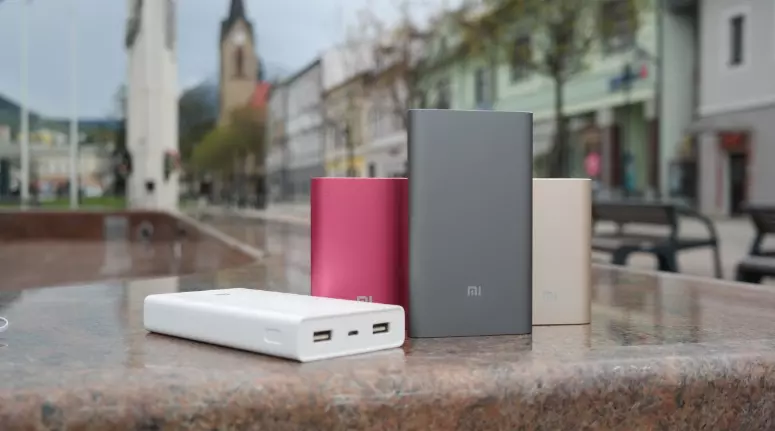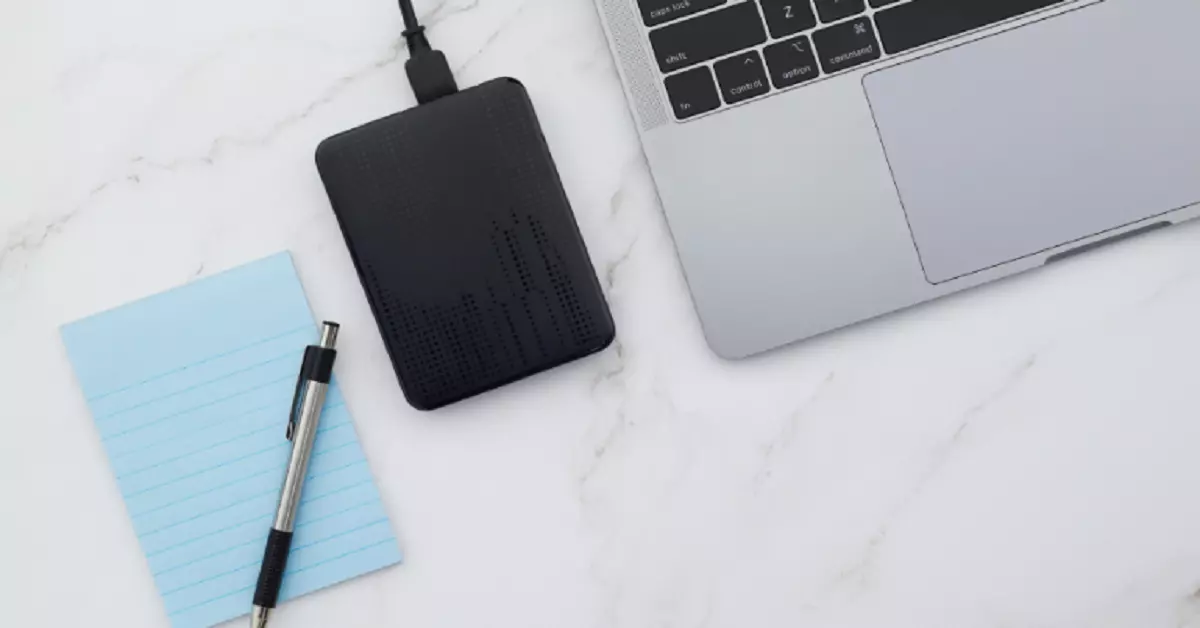There are many power banks on the market, but most of them are designed for smartphones, watches, and headphones. Finding an external charger for your laptop is not easy. Pay attention to the aspects listed below so that you can count on more than just charging your laptop battery.
In the beginning of their existence, power banks were created specifically for phones and smartphones. The first copies, presented back in 2001, were small capsules with a finger battery inside. Realizing the full benefit of portable batteries for laptops came a little later and required the development of new types of batteries. This is why conventional power banks are not suitable for laptops.
Connectors
A laptop is a more powerful device than a smartphone or a watch, it can’t be charged through a standard USB port. Quite a long time ago developers created a new standard universal connector – USB 3.1 and Type-C connector, designed for a current of 100 watts. Today, most manufacturers have either already switched or are in the process of switching to this standard, especially because the EU is passing new laws requiring companies to install Type-C in all their gadgets. The market knows no shortage of this technology, so there should be no problem finding a power bank with USB 3.1 and Type-C connector.
But having a Type-C 3.1 port in a laptop does not guarantee the ability to connect it to a power bank effectively, because you need a cable that supports this standard. If your laptop power bank comes with its own cable out of the box, you have nothing to worry about. However, not all manufacturers sell the cable with the power bank, sometimes you need to buy it separately.
If you choose the wrong cable, at best you won’t get the desired results, and at worst you’ll damage your devices. Be sure to check the packaging with which the cable is sold so that its specifications match the requirements of the power bank. When choosing a cable, do not try to save money, because cheap ones will not work well, interrupt charging or do not charge your laptop at all. And in case of a breakdown, you should contact professionals like Smart Addiction, since repairing laptops is even more difficult that your average PC.
In addition, not every laptop with Type-C can charge through it. Look closely at the USB-C port. If you see a label near it with a plug for an outlet, that port supports charging. If it has a mark that looks like the letter D, that means it supports DisplayPort. If it just has a marking of USB itself, your Type-C only supports data transfer. If your laptop doesn’t support USB Type-C charging, or there is no such connector, you can buy a special adapter to a standard round power connector.

Amperage and voltage
Choosing a power bank, pay attention to its power: it should be equal to or higher than the power of the laptop charger. This information should be on your device – there’s usually a special information sticker. The power there is indicated in Watts (W), output voltage in Volts (V) and current is in Amps (A).
As already noted, power banks on the market are mainly designed to charge phones, smartphones, fitness bracelets and other low-power equipment. Therefore, their output voltage is most often 5 volts – this is the most common value for modern devices. The current for their charging is also small – about 1 amp. But the laptop won’t be charged under such conditions – it will require an output voltage of 12+ volts. Many modern laptops in general need a voltage of 15-20 volts, so power banks are often equipped with special switches.
The current for charging a powerful laptop should also be higher than for tablets or smartphones (on average 3+ amperes). If the current is far below what the device requires, then at best the laptop will be charging very slowly. Then any working efficiency in the process of its charging is out of the question.
Capacity
This parameter is also important, because laptops consume a lot of energy and have quite large batteries. External batteries for laptop charging usually have a capacity of more than 10,000 milliampere-hours, while average power banks for smartphones can sometimes have a capacity of up to 5,000 milliampere-hours.
By the way, don’t forget that no power bank can transfer its entire capacity due to the inevitable energy losses in the process. For example, with a capacity of 20,000 milliamp-hours, a new power bank can give only about 14,000 milliamp-hours. That means, it is better to take a power bank with a large reserve capacity if you need to work long. However, be warned: the devices with a large capacity are expensive and weigh a lot.
Versatility
Manufacturers like to emphasize the versatility of the power banks they produce. However, approach such claims with some skepticism. Carefully check the instruction manual for a specific statement that the power bank can charge laptops, as well as a description of the ports and cables used to do so.
